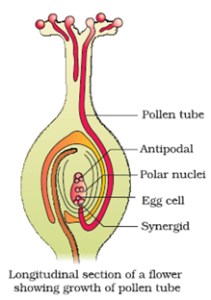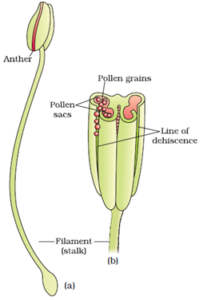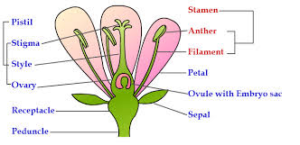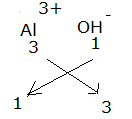Science > Biology > Botany > Reproduction in Plants > Fertilization In last article, we have studied about pollination and its types. In this article, we shall study the process of fertilization. Out Breeding Devices: Most angiosperms produce bisexual flowers (hermaphrodite). But most of them avoid self-pollination naturally or we can say that in plants […]
Categories
Fertilization
- Post author By Hemant More
- Post date April 6, 2020
- No Comments on Fertilization

- Tags Abiotic agents of pollination, Androecium, Anemophily, Apomixis, Asexual reproduction in plants, Biology, Biotic agents of pollination, Botany, Cellular endosperm, Ceratophyllum desnersum, Chiropterophily, Cross-pollination, Development of embryo, Development of endosperm, Development of Female Gamete, Development of Male gametophyte, Double fertilization, Endosperm, Entomophily, Epihydrophily, Fertilization, Formation of fruit, Formation of seed, Gynoecium, Helobial Endosperm, Hydrophilly, Hypohydrophily, Microsporangium, Nuclear endosperm, Ornithophily, Parthenocarpy, Pollen-Pistil Interaction, Pollination, Polyembyyony, Self-pollination, Sexual reproduction in moss, Sexual reproduction in plants, Sexual reproduction in spirogyra, Stigma, Structure of anther, Structure of ovule, Structure of pollen grain, Structure of seed, Zostera marina





